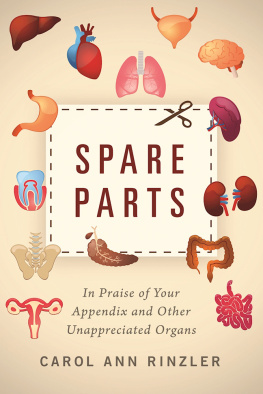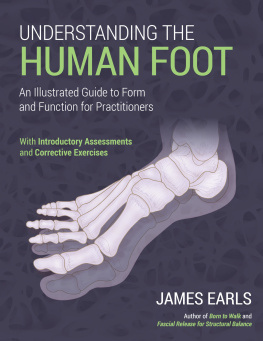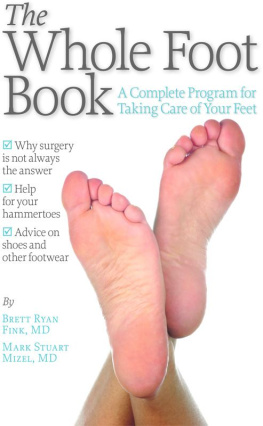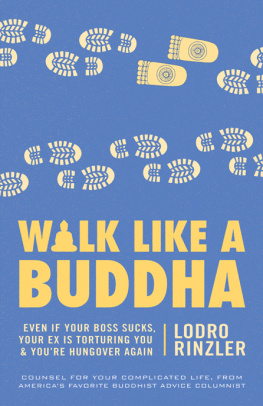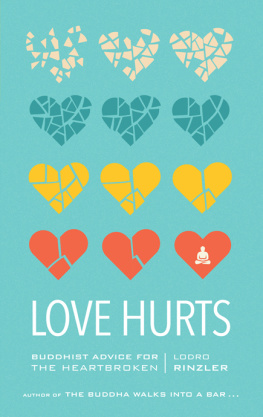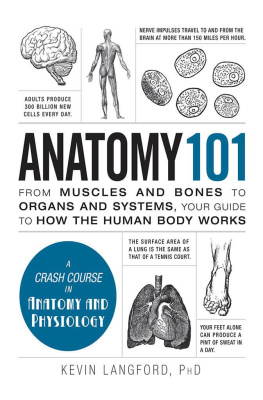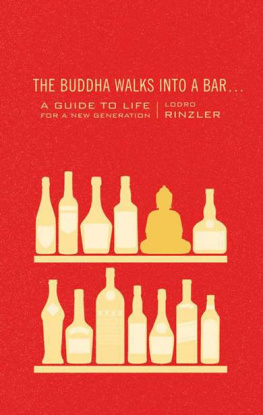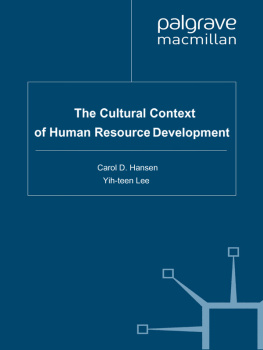Carol Ann Rinzler - Leonardos Foot: How 10 Toes, 52 Bones, and 66 Muscles Shaped the Human World
Here you can read online Carol Ann Rinzler - Leonardos Foot: How 10 Toes, 52 Bones, and 66 Muscles Shaped the Human World full text of the book (entire story) in english for free. Download pdf and epub, get meaning, cover and reviews about this ebook. year: 2013, publisher: Bellevue Literary Press, genre: Romance novel. Description of the work, (preface) as well as reviews are available. Best literature library LitArk.com created for fans of good reading and offers a wide selection of genres:
Romance novel
Science fiction
Adventure
Detective
Science
History
Home and family
Prose
Art
Politics
Computer
Non-fiction
Religion
Business
Children
Humor
Choose a favorite category and find really read worthwhile books. Enjoy immersion in the world of imagination, feel the emotions of the characters or learn something new for yourself, make an fascinating discovery.

- Book:Leonardos Foot: How 10 Toes, 52 Bones, and 66 Muscles Shaped the Human World
- Author:
- Publisher:Bellevue Literary Press
- Genre:
- Year:2013
- Rating:4 / 5
- Favourites:Add to favourites
- Your mark:
Leonardos Foot: How 10 Toes, 52 Bones, and 66 Muscles Shaped the Human World: summary, description and annotation
We offer to read an annotation, description, summary or preface (depends on what the author of the book "Leonardos Foot: How 10 Toes, 52 Bones, and 66 Muscles Shaped the Human World" wrote himself). If you haven't found the necessary information about the book — write in the comments, we will try to find it.
- A Selection of the Scientific American,History, BOMC2, Quality Paperback and Military Book Clubs
--Rain Taxi Review of Books
This neat little book draws a clear picture of our feet, providing understanding that extends far beyond the obvious. Readers often like to walk away from a book feeling they learned something--that the author left them with a new way to look at an old idea, and this book fulfills that need. City Book Review/San Francisco & Sacramento (five stars)
Rinzler clearly enjoyed researching her subject and cant stop herself from going on interesting
digressions, often bringing up one or two mostly unrelated topics within the course of a paragraph. Shes at her best when discussing medical history and etymology. -- Library Journal
Rinzler lifts the lowly human foot to new heights in this appealing book. --Booklist (starred review) An in-depth look at the anatomy and history of feet reveals their often overlooked importance in human evolution, medicine and art. --Science News Carol Ann Rinzler weaves together material from art, literature, science, and history to broaden our understanding of the human foot. Her book is by turns entertaining, enlightening, and altogether satisfying. --Congresswoman CAROLYN B. MALONEY
Among the many pleasures of this book are the intriguing subject, Carol Ann Rinzlers lively and accessible writing style, and the amazing array of information she has gathered from so many different fields, including art, anthropology, history, biology, linguistics, psychology, and literature. Who knew that the story of our own feet could be so fascinating?
--SANDRA OPDYCKE, author of No One Was Turned Away and Jane Addams and Her Vision for America
This book will amaze you as it walks you through evolution, history, mythology, and a good dose of anatomy, to enlighten you about the role of the Humble Human Foot in bringing human beings to where we are today. Thoroughly enjoyable, informative, and well written, it is a must read for anyone involved in caring for our lower extremity--or interested in our evolution. In short, you will never view the foot the same again.
--GARY STONES, DPM, President, New York State Podiatric Medical Association
Carol Ann Rinzler has written a surprising and delightful book about this underwhelming, underreported, and completely indispensable part of the human body. Its amazing what youll learn!
--RICHARD N. GOTTFRIED, Chair, New York State Assembly Health Committee
Carol Ann Rinzler: author's other books
Who wrote Leonardos Foot: How 10 Toes, 52 Bones, and 66 Muscles Shaped the Human World? Find out the surname, the name of the author of the book and a list of all author's works by series.

